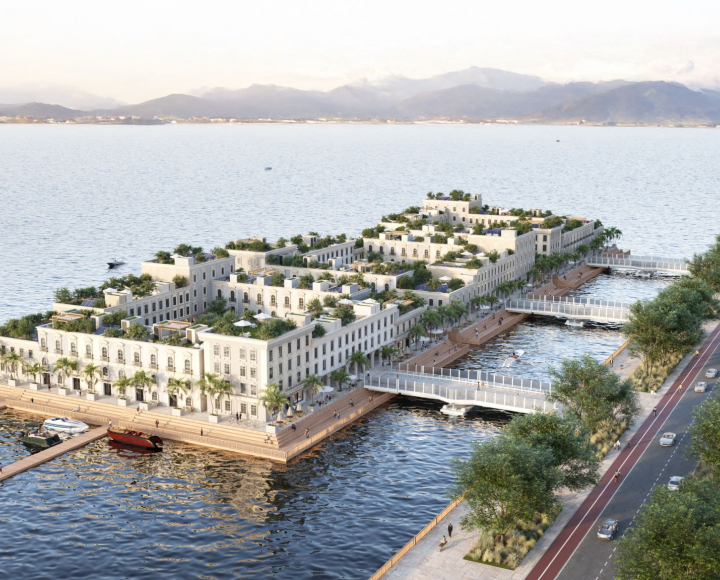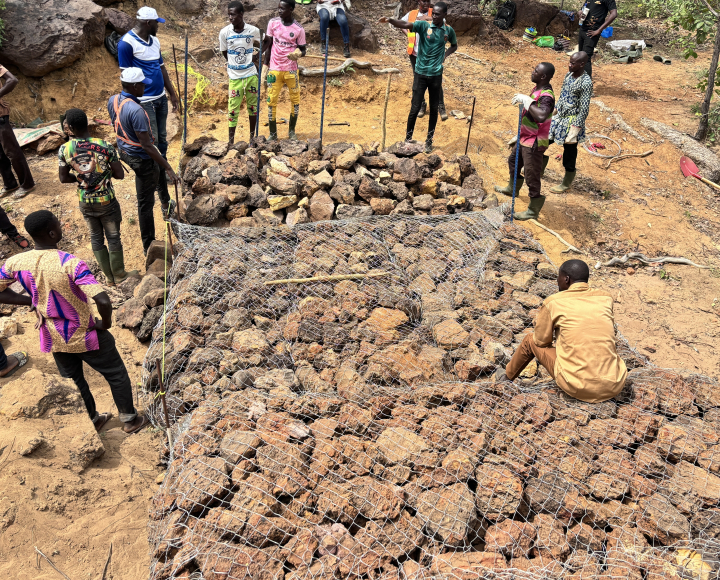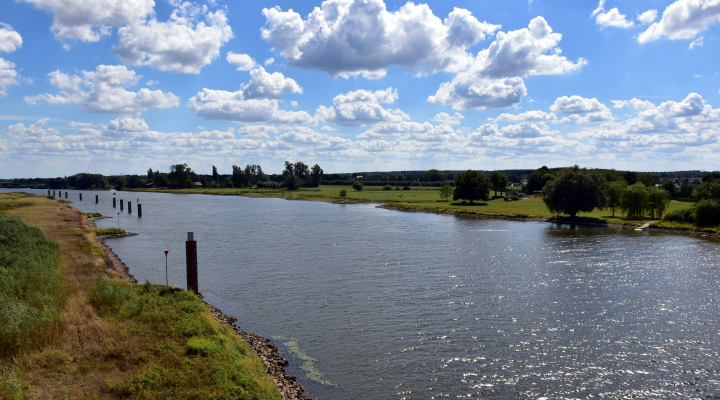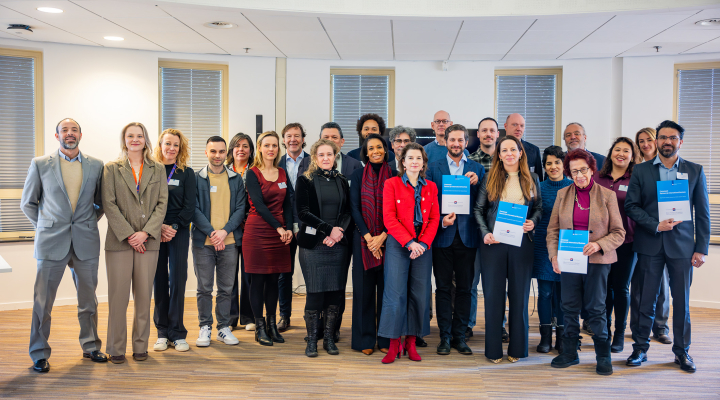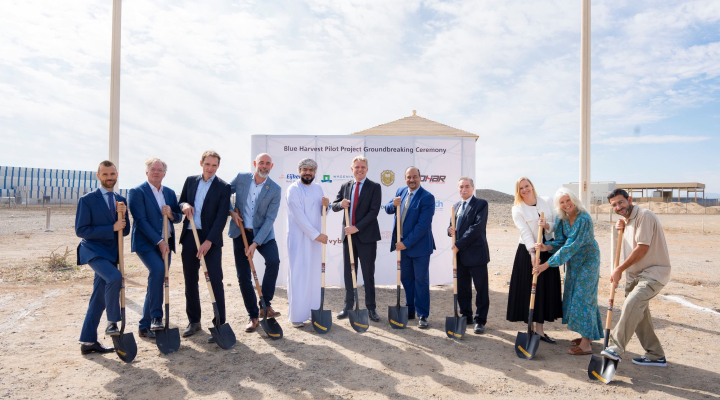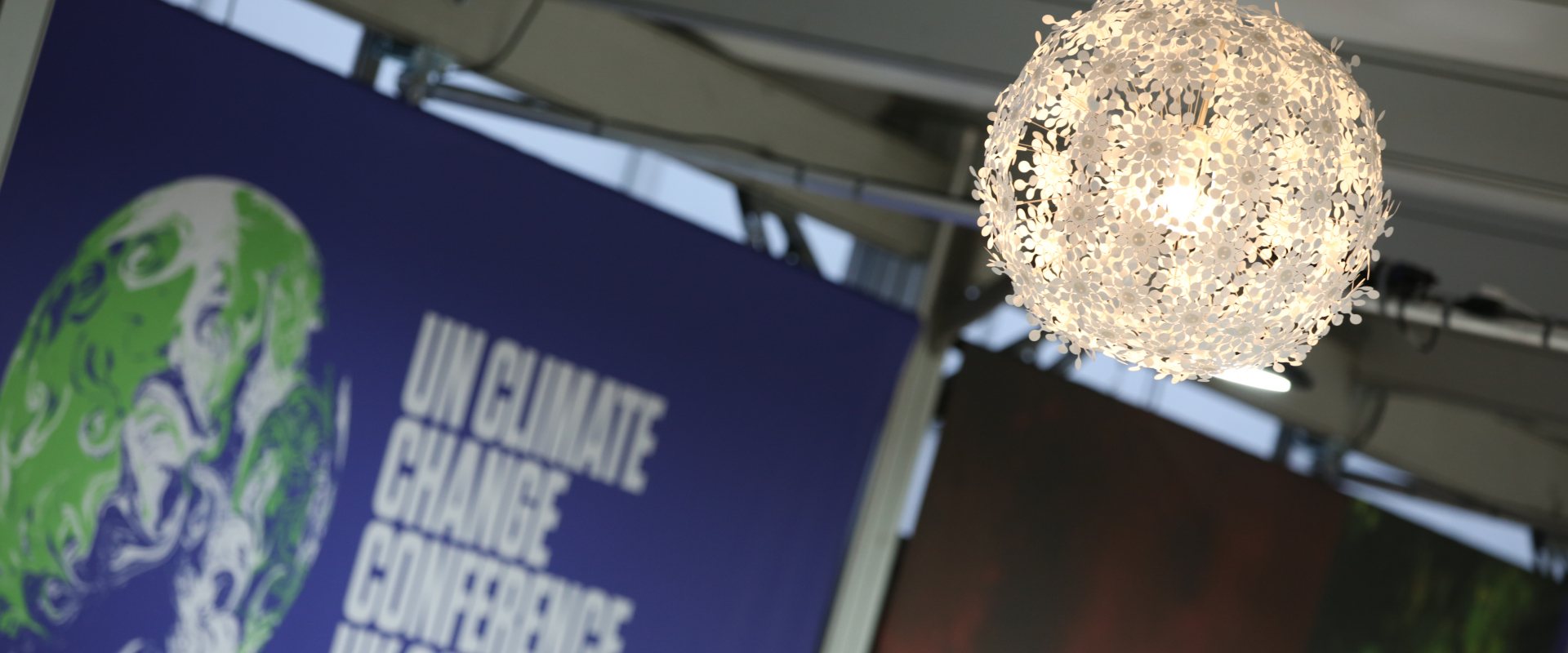
COP26: Growing awareness for today’s impact of climate extremes
Climate adaptation contributors to the COP26 report a growing awareness within the climate community to pay more attention on the impacts of extreme weather events, that are already affecting vulnerable communities today.
Drawing attention to today’s needs, were the Water Pavilion, the Resilient Hub and the Ministerial Dialogue on Adaptation Action, to name a few.
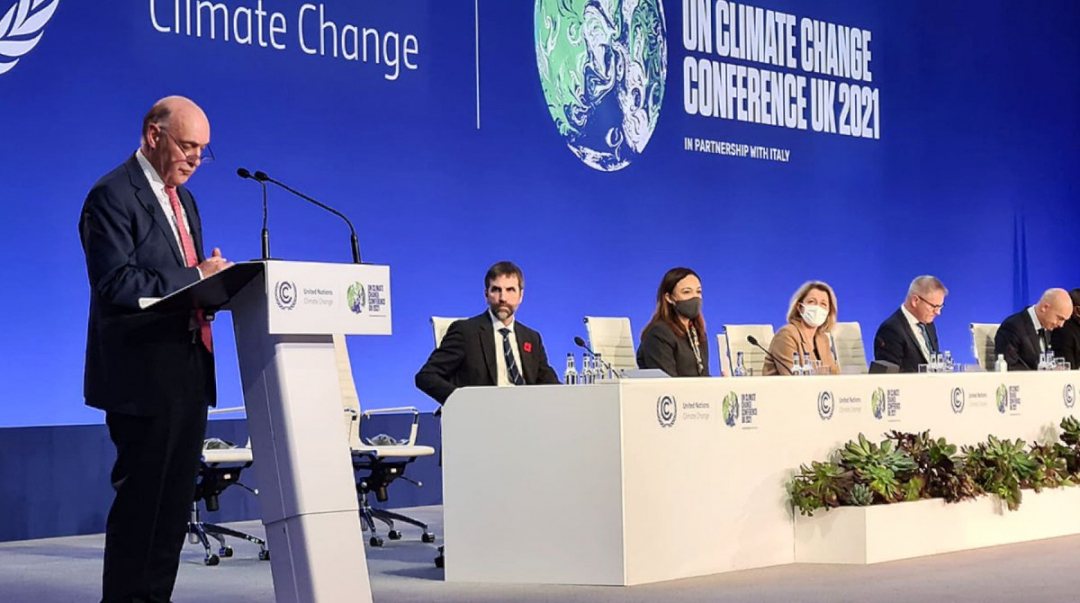

Not only about carbon emissions
Several COP26 programme contributors organised full two-week events to bring climate adaptation at the forefront. As at previous editions of the global climate summit, the outcome of the COP26 in Glasgow is judged on the ability of the world to reduce greenhouse gases and keep the global warming under the 1.5 degree Celsius.
Under the presidency of the UK, this COP also focused on the ability to adapt to the changes that are already occurring and the growing number of extreme weather events such as droughts and floods. The effects of these events show the urgent need to pay more attention to water management and to provide better protection to vulnerable communities.
Adaptation day
'Mitigation plans aim to keep limit of 1.5 alive’, said UK’s Secretary of State for International Trade, Anne-Marie Trevelyan, at the Ministerial Dialogue on Adaptation Action on 8 November, the Adaptation Day of the summit.
‘But we are behind on adaptation to the many climate impacts that are already locked in and occurring daily’, she stated. ‘Some will be able to adapt, but many will not’, she stated at the opening of the dialogue. ‘I call upon all delegates here today to close the adaptation gap and act now and do more’.
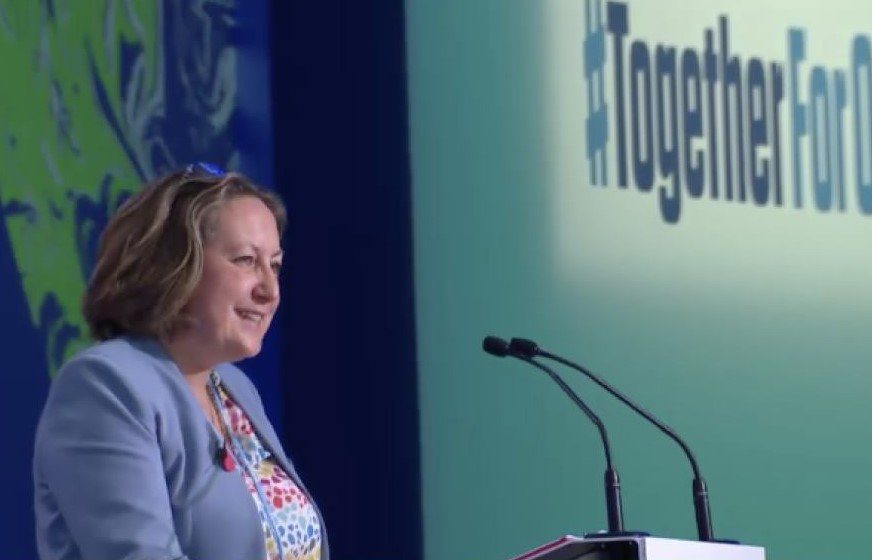

More finance for adaptation
On behalf of the British government, she announced additional funding of international adaptation programmes. One of them included a 140 million pound support for adaptation in African countries. This support was welcomed by CEO Patrick Verkooijen of the Global Center on Adaptation (GCA) that is, together with the African Development Bank, supporting the African Adaptation Acceleration Programme (AAAP).
‘Adaptation measures already exist but we need to bring scale and smarter financing to this agenda,’ Verkooijen said. He thanked the British secretary for her trust in a fully African lead, African owned programme that aims to raise 25 billion dollar to scale up action on resilient infrastructure and smart agriculture across Africa. The programme aims at involving young people and entrepreneurs to create jobs and economic growth.
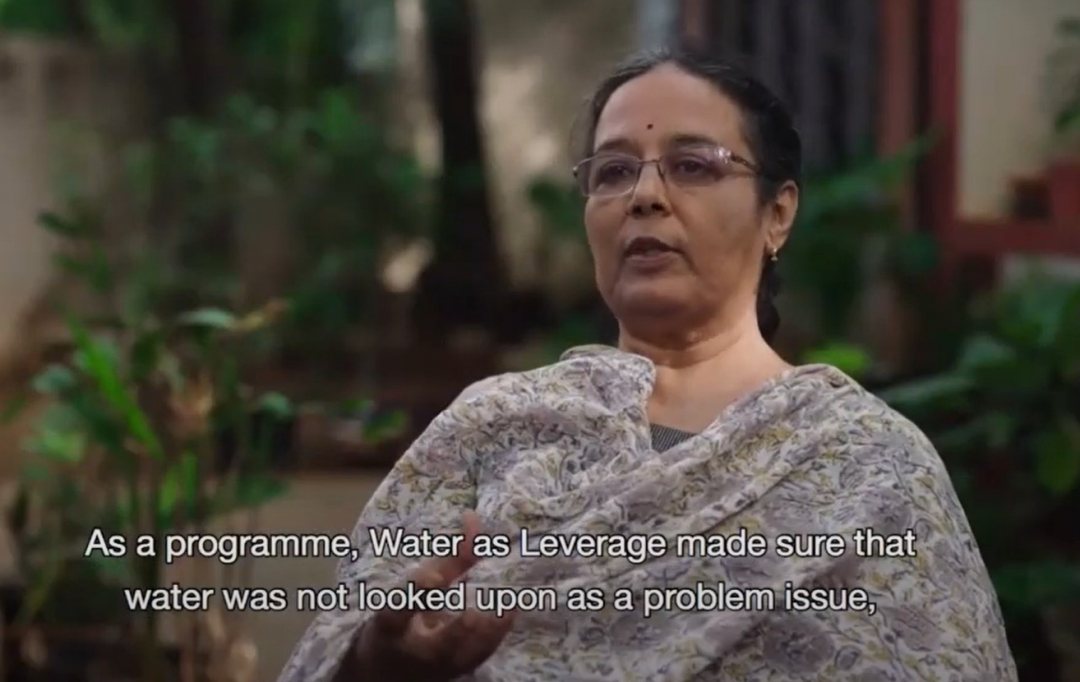

Community involvement
During the two weeks of COP26, the Water Pavilion, a multi-partner initiative including GCA and the Government of the Netherlands, provided the climate community the opportunity to learn more about water management as an important option for adaptation action. Too much water, too little water and too polluted water make that communities see water as the enemy, causing floods and droughts and bringing diseases.
The presentations in the Water pavilion showed that water can be a friend. Providing it is well managed, water can bring a more healthy environment. By prevention of water-related disasters it contributes to economic growth.
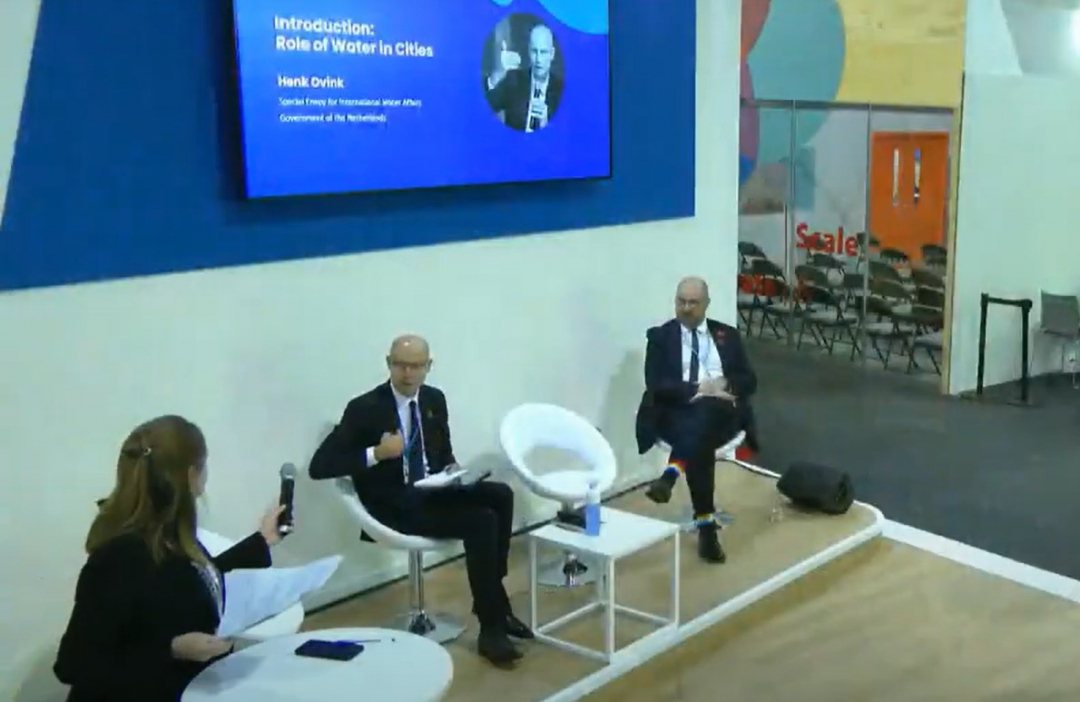

Water as foundation of cities
On 11 November, the Water Pavilion saw a full day dedicated to urban water resiliency with many examples of how cities can become more livable by putting water at the hearth of their resiliency policies. Well balanced blue-green-gray infrastructure offer opportunities to serve multi-benefits. If communities are involved right from the start, the whole process from the creation of ideas to the realisation, can be inspiring and fun to do.
One the examples presented was the Water as Leverage project in Chennai, India. This coastal city has already been hit hard by storms, droughts, erosion, salt intrusion and subsidence. Ecologist Jayshree Vencatesan shared her experiences on how her city rediscovered the ancient old water reservoirs, tanks that can store water. During workshops involving communities, the idea was born for the programme City of 1.000 tanks. ‘The programme attempts to capture rain water effectively’, Vencatesan explained.
‘One of the sites is a temple tank. There are 54 major temples tanks in Chennai’, she added. In the past, these tanks were used to recharge ground water levels with rain water. However the sites were abandoned. ‘Now the Water as Leverage Programme attempts to innovatively restore this, making sure that the water harvesting part is maximized.'
Wrapping up the day on urban water resilience, Dutch water envoy Henk Ovink drew attention to these examples as a way forward to stop investments in infrastructures that make the climate problems only bigger. ‘We need to move the 99 percent stupid infrastructure investments to the side and scale the showcased 1 percent to 2, 4, 16 and towards the majority. This is only four steps. We can do it’, he concluded with great enthusiasm.




